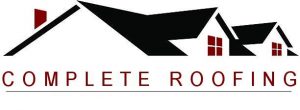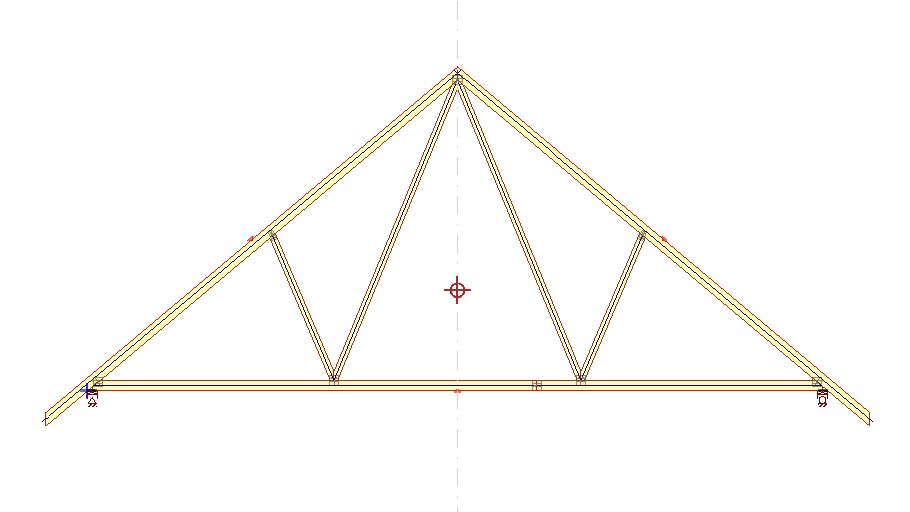
Conventional roof trusses are a common type of truss, and they are produced in a Truss Plant by a Roof Truss Fabricator. The design of the truss is created by an estimator/designer who uses specialized software. This software calculates the necessary timber size, grade, and length, as well as the nail plate size and position based on the user’s criteria.
Once the design is complete, a job-card is issued to the truss plant. Here, the timber is selected, the angles are cut according to the design, and the trusses are assembled. The nail plates are temporarily secured to the truss during assembly and are then permanently pressed into the timber using a roller press.
Rafter-Bearing Trusses, as they are commonly known, are supported on their rafters and feature a tie-beam or bottom chord that is raised higher than the wall plate level, resulting in a higher ceiling height. This type of truss can also be left exposed, but only if it is manufactured from high-quality, specially selected or planed all-round (P.A.R) timber.
These trusses are assembled in a Truss Plant. A similar type of truss, known as the exposed bolted truss, has members that are bolted together with 2-ply top or bottom chords, resulting in a more substantial and visible truss structure.
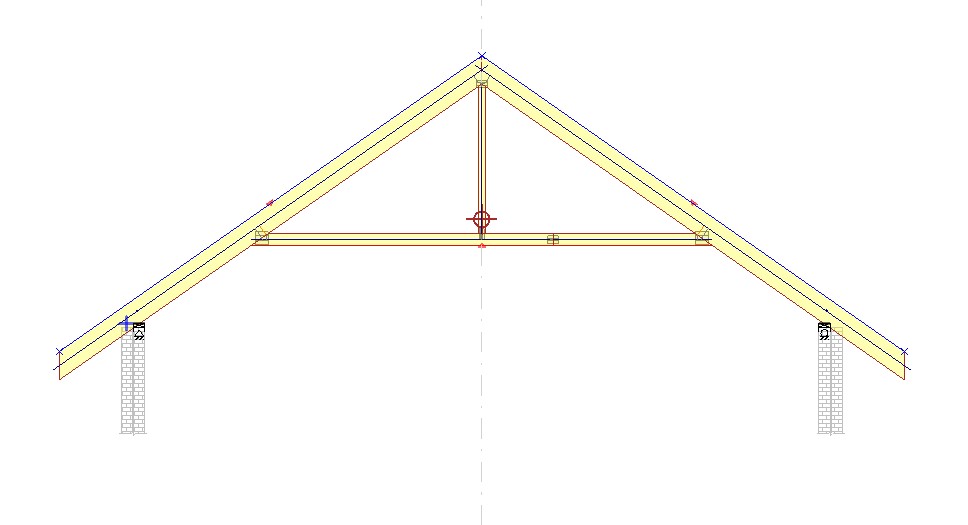

Rafter-Bearing Trusses, as they are commonly known, are supported on their rafters and feature a tie-beam or bottom chord that is raised higher than the wall plate level, resulting in a higher ceiling height. This type of truss can also be left exposed, but only if it is manufactured from high-quality, specially selected or planed all-round (P.A.R) timber.
These trusses are assembled in a Truss Plant. A similar type of truss, known as the exposed bolted truss, has members that are bolted together with 2-ply top or bottom chords, resulting in a more substantial and visible truss structure.
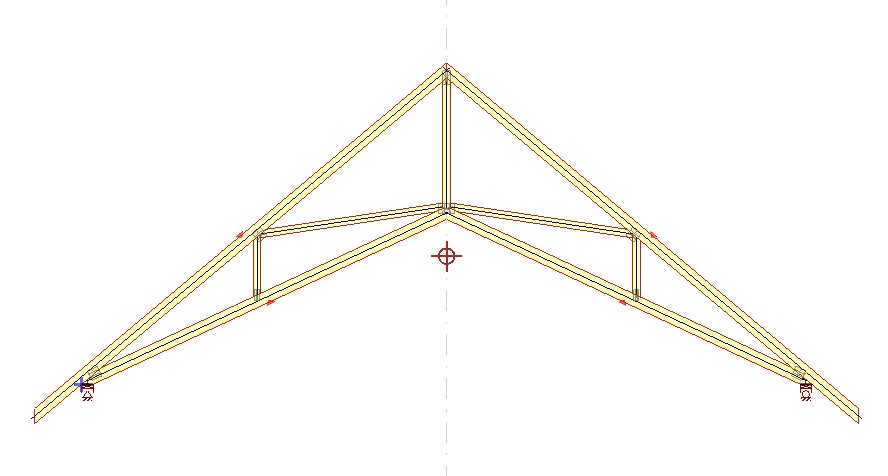
The scissor truss is a type of truss that offers a unique design option with a slanted, raised ceiling that can provide extra volume and headspace if desired. This truss can also be used as a visually stunning feature in a room and can even be left exposed if manufactured with high-quality planed all-round (P.A.R) timber.
However, there are some restrictions to consider when using this design, such as the roof pitch, span, and type of roof covering. The scissor truss is best suited for lightweight roof coverings, such as metal roof sheeting, and may have difficulty supporting heavier roof materials, like cement roof tiles.
The attic truss is a highly versatile design that offers many possibilities. Its main purpose is to create additional living, office, or storage space within a roof. This truss is typically manufactured in a Truss Plant, but when converting an existing roof into an attic, the majority of the work is performed on site.
The design of the attic truss depends on the intended use of the space within the roof. Different loads apply to residential, office, and storage spaces, with the following specifications:
For simplicity, 1.5 kN equates to 150 kg, meaning if the truss is designed for residential use, such as a bedroom or living room, the load applied to the bottom chord is 150 kg/m². It is easy to see the impact that a storage load of 500 kg/m² has on the design.
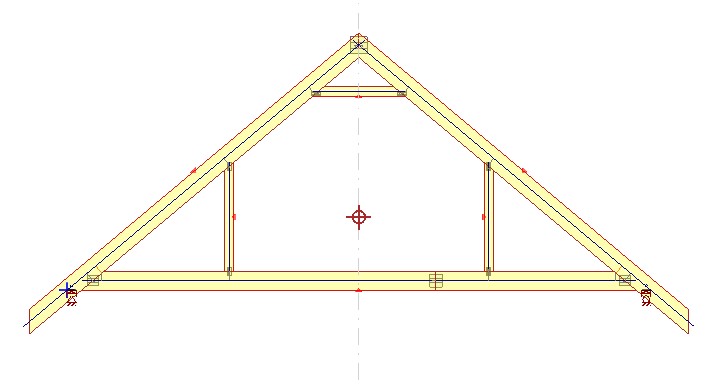

The attic truss is a highly versatile design that offers many possibilities. Its main purpose is to create additional living, office, or storage space within a roof. This truss is typically manufactured in a Truss Plant, but when converting an existing roof into an attic, the majority of the work is performed on site.
The design of the attic truss depends on the intended use of the space within the roof. Different loads apply to residential, office, and storage spaces, with the following specifications:
For simplicity, 1.5 kN equates to 150 kg, meaning if the truss is designed for residential use, such as a bedroom or living room, the load applied to the bottom chord is 150 kg/m². It is easy to see the impact that a storage load of 500 kg/m² has on the design.
| Cookie | Duration | Description |
|---|---|---|
| cookielawinfo-checkbox-analytics | 11 months | This cookie is set by GDPR Cookie Consent plugin. The cookie is used to store the user consent for the cookies in the category "Analytics". |
| cookielawinfo-checkbox-functional | 11 months | The cookie is set by GDPR cookie consent to record the user consent for the cookies in the category "Functional". |
| cookielawinfo-checkbox-necessary | 11 months | This cookie is set by GDPR Cookie Consent plugin. The cookies is used to store the user consent for the cookies in the category "Necessary". |
| cookielawinfo-checkbox-others | 11 months | This cookie is set by GDPR Cookie Consent plugin. The cookie is used to store the user consent for the cookies in the category "Other. |
| cookielawinfo-checkbox-performance | 11 months | This cookie is set by GDPR Cookie Consent plugin. The cookie is used to store the user consent for the cookies in the category "Performance". |
| viewed_cookie_policy | 11 months | The cookie is set by the GDPR Cookie Consent plugin and is used to store whether or not user has consented to the use of cookies. It does not store any personal data. |
